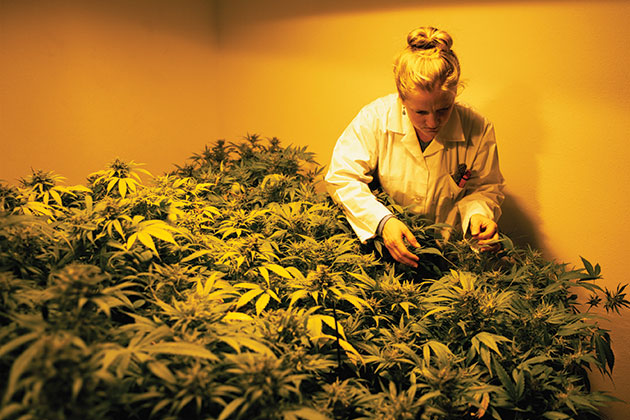
Photo Courtesy of Getty Images Creative
In State v. Hall, No. 57762-3-II (April 1, 2025, unpublished), the WA Court of Appeals held it is not ineffective assistance for a defense attorney to refer to the prosecutor as “my colleague” during a jury trial. An adversarial proceeding need not be contentious. It is a testament to the professionalism of both counsel that the trial was not a screaming match between angry combatants.
FACTUAL BACKGROUND
Mr. Hall had a jury trial on a sex offense. Throughout trial, defense counsel referred to opposing counsel as “my colleague.” During trial, Hall’s defense counsel told each of its witnesses that its “colleague, Ms. Zorn, may have” additional questions at the conclusion of its direct examination. The jury found Hall guilty. On appeal – and in addition to other arguments – Hall claimed ineffective assistance of counsel because his defense counsel repeatedly referred to opposing counsel as his “colleague.”
COURT’S ANALYSIS & CONCLUSIONS
The Court of Appeals (COA) began its analysis stating that the right to counsel includes the right to effective assistance of counsel. To prevail on a claim of ineffective assistance of counsel, a defendant must show (1) that defense counsel’s conduct was deficient, and (2) that the deficient performance resulted in prejudice.
Furthermore, to show deficient performance, Hall must show that defense counsel’s performance fell below an objective standard of reasonableness. To demonstrate prejudice, the defendant must show that there is a reasonable probability that, except for counsel’s unprofessional errors, the result of the proceeding would have been different.
The COA established that in Hall’s view, a trial, as an adversarial proceeding, should also be a contentious proceeding. Hall argued that this expression of respect led the jury to believe that the prosecutor was a person who can be trusted, which must have harmed his defense. Despite these arguments, the COA found Mr. Hall’s arguments unpersuasive:
“But this case was not about the lawyers, nor should it have been. As the jury was informed through several of the court’s instructions, the lawyers’ statements and argument are not evidence and the jury is the sole judge of the evidence and the credibility of witnesses. That the trial was not a screaming match between angry combatants is a testament to the professionalism of both counsel in this trial and not a reason to doubt the competency of Hall’s trial counsel. This argument is frivolous and we need not address it further.” ~WA Court of Appeals
With that, the COA held Mr. Hall was not deprived of the effective assistance of counsel and affirmed his conviction.
Please contact my office if you, a friend or family member are charged with a crime. Hiring an effective and competent defense attorney is the first and best step toward justice.














